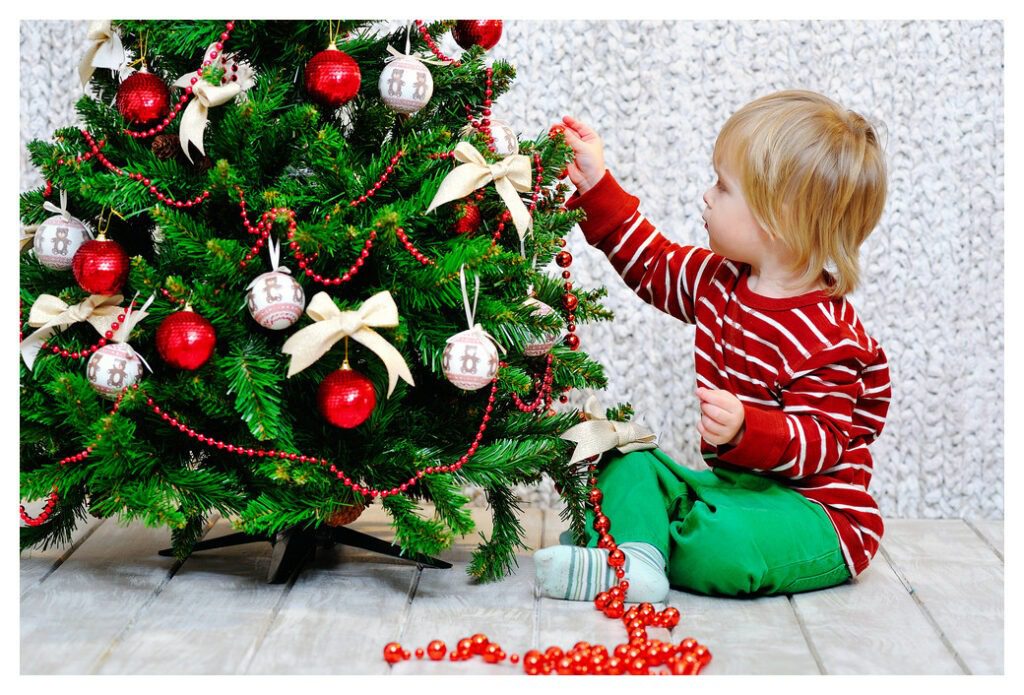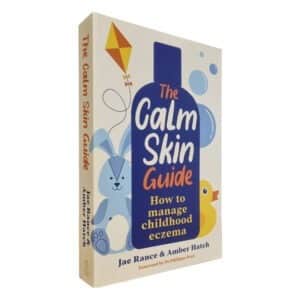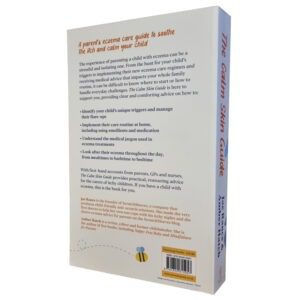Avoiding eczema this Christmas






Christmas time can be magical but it can also be a time when eczema flares up. Colder weather, seeing relatives and even Christmas trees can trigger children’s eczema. Christmas can have an effect on your child’s eczema, but it can be avoided if you pinpoint the hidden triggers. Here are some ideas for avoiding eczema this Christmas.
Christmas trees and eczema
You’d think that pollen was only rife in the hazy summer, but you’d be wrong there! Bringing a real Christmas tree into the home can be a big pollen count risk. Pollen can trigger children’s eczema by worsening existing affected areas of the skin. And where there are Christmas trees there is a potential danger of mould – another big cause of eczema as well as breathing difficulties.
It is best to go for an artificial tree to avoid these risks. Take care that the tree doesn’t gather dust – especially if it has been in the loft for the whole year. If you think it will take it, give last year’s tree a good hose down and let it dry before putting it up again. By placing your Christmas tree where it won’t be brushed past you can minimise the amount of any remaining dust getting shaken off.
If you really can’t face the thought of a Christmas without a real tree then spray it with a hose, allow it to dry and then shake off any loose parts before you bring it into the house.

The oils in Christmas tree needles can irritate the skin causing contact dermatitis. Take care when moving and decorating your tree. We love real Christmas trees but they really irritate our family’s sensitive skin. We make sure that we all wear long-sleeved tops while we are decorating the tree. As soon as we have finished, the children jump in the bath for a head to toe rinse off.
Or, if your little one is really sensitive to Christmas trees, try using ScratchSleeves to keep their hands covered while they decorate.
Festive food
Christmas is the ultimate time for feasting on culinary delights such as turkey, chocolate and Christmas pudding. As these are unlikely to be on your regular menu, make sure you know which foods or ingredients your child is allergic to. The safest thing to do is to prepare all the food yourself from scratch using fresh ingredients. If you haven’t got the time or money to do this then check the ingredients of the food in the supermarket. Most places have a “Free-from” section which provides festive gluten-free, meat-free and dairy-free alternatives. If you have visitors on the day, make sure that everyone is aware of foods that little one mustn’t have
Things often get mixed up in the confusion of Christmas Day, so we find it best to go completely allergy-friendly for the day to avoid any risk. If you do have possible allergens around for other family members, make sure that all your guests know exactly what can and can’t be eaten by your allergic child. Watch out for foody gifts, especially the home-made ones which may not come with an ingredients list.
Christmas visitors
One of the wonderful things about Christmas is the chance to see friends and relatives. And everyone makes a big effort to look the part with new clothes, perfume, make-up and their best Christmas jumpers. And, of course, they all want to cuddle the children. If your little one’s skin is sensitive to detergents, parabens, or woollen fabrics these cuddles could well contribute to an eczema flare-up.
By pre-warning your visitors about the known triggers for your little one’s eczema, they can make sure that they pre-plan what they wear and bring to minimise the risk of reactions. If your little one is very allergic to parabens, it’s worth asking any hand cream users to check the ingredients on their regular brand before they come. For babes in arms, have a couple of clean muslin squares available to protect your little one from your visitor’s clothing. And your visitors will thank you when the inevitable happens too!
Winter weather
A typical British Christmas will involve cold, crisp weather, meaning your child’s skin can dry out. This is bad for eczema and can cause it to spread. It’s easy to slip out of your usual routine over the Christmas period. Make sure that you apply your child’s emollients regularly and dress your child in thin multiple layers so they feel comfortable. See our top tips for dealing with baby eczema throughout the winter and clothing an eczema child. The dark weather means most people get the candles out. This could trigger eczema in children if the candles are scented. Open log fires or even potpourri can have a similar effect.
All it takes is awareness and a bit of forward planning to ensure your child has wonderful eczema and allergy-free Christmas.
Here at ScratchSleeves, we don’t just share our experiences of bringing up an eczema child (and favourite allergy-friendly recipes), we also manufacture and sell our unique stay-on scratch mitts and PJs for itchy babies, toddlers and children. We now stock sizes from 0-adult years in a range of colours. Visit our webshop for more information.
The Calm Skin Guide
Love our blog? It's also available in book format with:
- First hand accounts from parents & medical professionals
- Easy navigation
- Comprehensive index
- Additional material
Signed copies available at no extra cost
-
The Calm Skin Guide
£14.99 This product has multiple variants. The options may be chosen on the product page
Written by:
Interesting article? Don't keep it to yourself...
Read next...
You may also find helpful...
Quick buy




Multi Buy Discount


Spend between £30 - £60 and save 5%
Spend between £60 - £120 and save 10%
Spend over £120 and save 15%
Discount automatically applied at checkout
No Quibbles Guarantee


ScratchSleeves abide by a no quibbles guarantee.
Free UK Postage


Free packing and postage on all UK orders. For overseas orders to Europe postage is from £3.50, to USA is £8.50 and to the rest of the world, from £6.50.






